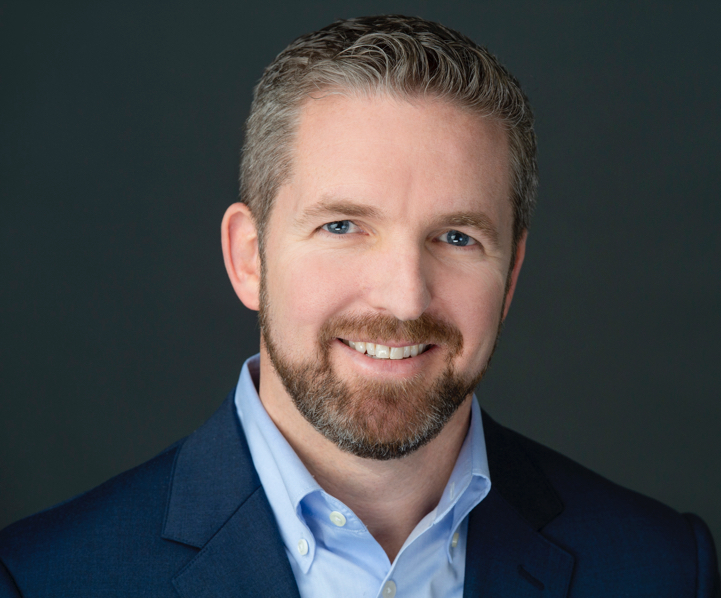As Clients Hunt For Higher Yields, Advisors Offer Mix Of Strategies
BY MOREY STETTNER, FOR INVESTOR’S BUSINESS DAILY
In September, the Federal Reserve signaled its intent to keep interest rates exceptionally low for three more years. That’s bad news for income-oriented savers seeking a decent yield without taking too much risk.
With many money market rates sinking below 0.50%, advisors are trying to reassure anxious clients that they’re still on track even if their savings generate a paltry yield. Some investors are discovering that their bank accounts — savings and checking — no longer pay any interest.
While advisors emphasize the importance of sticking with a long-term financial plan, clients may still express alarm at the prospect of low yields through 2023. That’s especially true for baby boomers who recall earning double-digit interest rates on their savings in the 1980s.
“It’s one of the biggest questions I’m getting right now,” said Matthew Schwartz, a Minneapolis-based certified financial planner. “Clients want to know where they can get higher interest on their money, especially because rates went from around 1.5% a year ago” to near zero today.
Like many advisors, Schwartz tries to reframe the situation in positive terms. He reminds clients, especially pre-retirees and retirees, of their overall financial plan and how it includes different buckets of money that serve different purposes.
“We give up interest, but here’s what you get,” Schwartz tells them. “You have a bucket of money that’s liquid, accessible and safe.”
He underscores the benefit of maintaining cash on hand for emergencies, even if that cash isn’t growing much lately. The peace of mind has value too.
“The stock market doesn’t care if your water heater goes out,” he said.
Rethink Asset Allocation For Higher Yield
Chasing yield has its limits in this environment of rock-bottom interest rates. Schwartz may guide clients to online banks that offer higher yields on savings accounts, but even those rates are well under 1%.
When it comes to their money, every investor wants liquidity, safety and growth. But Schwartz says it’s virtually impossible to get all three.
“We’re looking for two of three,” he said.
Advisors also double as educators. They may discuss how rates fluctuate over the decades and why they’re so low today.
“We’re trying to teach clients why their returns aren’t what they once were,” said Kevin Donohue, a certified financial planner in West Chester, Pa. When they understand the key factors that have led to current rates, they’re more apt to accept low yields, track inflation and watch other indicators such as government borrowing and the Fed’s monetary policy.
For Donohue’s clients who crave higher yields, he starts by reviewing their asset allocation. The first step is ensuring they have enough cash reserves on hand, ideally two years’ worth.
“The pill we have to swallow (for higher yield) is equities,” Donohue said. “We still want safer, shorter-term fixed income, but less of it. That may mean 80/20 (stocks/bonds), not 60/40, as long as that 80% is a diversified basket of equities that goes beyond the S&P 500” to include a wider range of asset classes.
We’re trying to teach clients why their returns aren’t what they once were.
Implementing this strategy depends on each client’s age, cash reserves and other considerations. Donohue cautions conservative investors that they will need to ride out market cycles without selling during painful declines.
Assess All Income Streams
As clients hunt for yield, some advisors suggest annuities to help generate a lifetime of stable income. There are pros and cons that vary based on the type of product.
“You have to fully understand what you’re getting into with an annuity,” said Keith Spengel, a Chicago-based certified financial planner. He urges clients to treat an annuity purchase as “an irrevocable decision,” as some have high surrender and annual fees.
Spengel also urges conservative investors to expand their outlook to explore other income sources. If clients in their 60s lack a sufficient cash reserve during down markets, he may propose that they start taking Social Security or pension elections earlier than planned.
“It’s usually mathematically favorable to delay Social Security as long as possible, but if you’re 66 and looking for income in a down market, turning on Social Security might be a good move,” he said. “But it also depends on your (expected) longevity” and other variables.
Spengel helps clients take a broader perspective in assessing their portfolio. He tells them, “We don’t want to change our long-term strategy due to short-term market moves.”
Some investors are considering high-dividend stocks for income, but they may be wary about buying equities with markets near record highs. By evaluating a client’s risk tolerance, advisors can help dividend-seekers weigh how to proceed.

